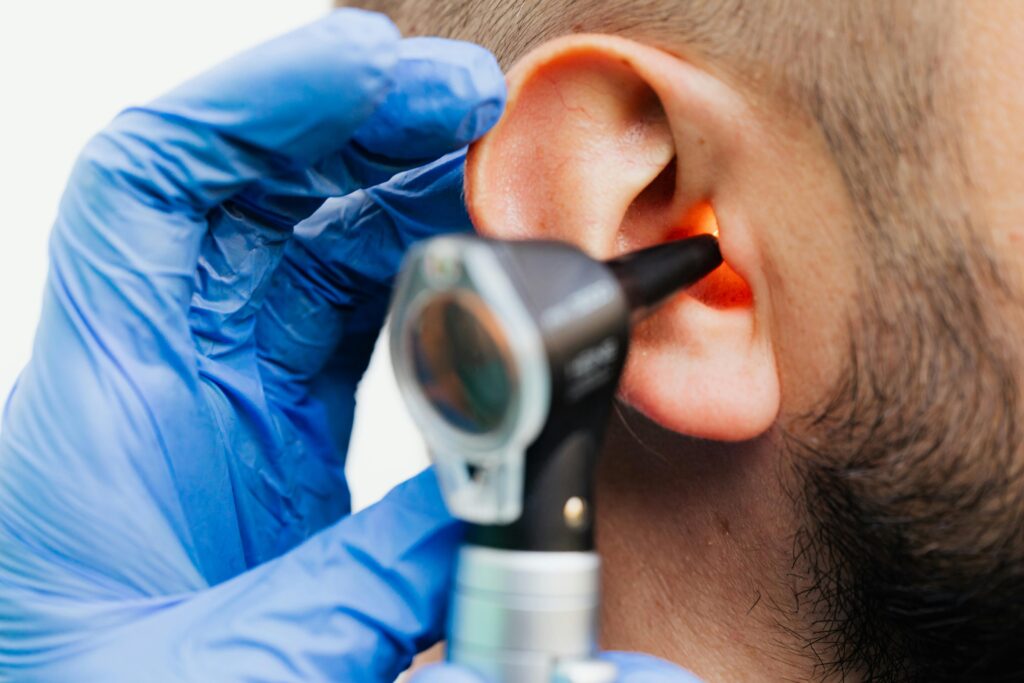Ever thought about whether your dog or cat can hear as well as they used to? Or worse—have you ever been blindsided by a vet bill that could’ve been covered by pet insurance? Let’s dig into how audiogram testing and hearing insurance can protect your four-legged friend.
From curious cats to playful pups, our pets rely heavily on their senses to navigate the world. But what happens when one of those senses starts failing? In this guide, we’ll break down everything you need to know about audiogram testing, why it matters, and how pairing it with pet insurance might just save both your sanity and wallet. By the end, you’ll have all the tools to make informed decisions for your beloved companion.
In this article, you’ll learn:
- The importance of early detection through audiogram testing.
- Why hearing insurance is an underappreciated gem in pet care.
- Step-by-step instructions for understanding test results.
- A deep dive into cost savings with insurance vs. out-of-pocket expenses.
Table of Contents
- Key Takeaways
- Why Should You Care About Pet Hearing Health?
- Step-by-Step Guide to Understanding Audiograms
- Tips for Maximizing Hearing Insurance Benefits
- Real-Life Success Stories: How Audiogram Testing Saved Lives
- Frequently Asked Questions About Audiogram Testing and Hearing Insurance
Key Takeaways
- Audiogram testing reveals potential hearing issues before symptoms appear.
- Pet insurance plans tailored for audiological conditions exist (and you should consider them).
- Regular screenings help extend your pet’s quality of life.
- Hearing loss isn’t always age-related—it could signal underlying health problems.
Why Should You Care About Pet Hearing Health?

Let me paint a picture for you. Remember that time I took my golden retriever Max to the park, only to realize he didn’t seem responsive to my calls anymore? Turns out, his declining response wasn’t disobedience—it was hearing loss creeping up unnoticed. The vet recommended an audiogram test, which confirmed mild-to-moderate deafness.
It hit me then: not paying attention to pet hearing health costs more than missed moments—it racks up unexpected medical bills too. According to recent studies, nearly 20% of dogs over seven years old experience some form of hearing impairment. And guess what? Cats aren’t immune either.
“Optimist Me:* ‘Maybe he’s just ignoring me.’ Grumpy Reality:* ‘Oh nope, it’s legit hearing loss.'”*
Here’s where audiogram testing comes in—a game-changing diagnostic tool that measures sound sensitivity across frequencies. If caught early enough, treatment options range from dietary adjustments to specialist interventions, potentially slowing further damage.
Step-by-Step Guide to Understanding Audiograms
If you’ve never seen an audiogram report before, fear not! It’s simpler than deciphering hieroglyphics once broken down step by step:
Step 1: What Is An Audiogram?
This graph plots frequency (pitch) against intensity (volume). Each dot represents your pet’s ability to detect specific sounds.
Step 2: Interpreting Results
- Normal hearing falls within certain decibel thresholds; anything above indicates reduced capability.
- Higher frequencies often deteriorate first, meaning high-pitched noises like whistles may go unheard.

Pro Tip: Always ask your veterinarian to walk you through the results—they’re pros at explaining these charts.
Tips for Maximizing Hearing Insurance Benefits
Navigating pet insurance feels daunting until you discover strategies experts swear by:
- Shop Around: Not all policies are created equal. Compare coverage limits, deductibles, and exclusions carefully.
- Bundling Perks: Check if bundling hearing insurance with other wellness packages offers discounts.
- Check Wait Times: Some policies require waiting periods post-signup before covering pre-existing conditions.
Brutal Honesty Alert: Don’t skimp on reading fine print. That “cheap” policy might exclude crucial procedures later.
Real-Life Success Stories: How Audiogram Testing Saved Lives
Take Lucy, a 9-year-old poodle, whose owners noticed her becoming increasingly withdrawn. After an audiogram revealed severe hearing loss linked to an ear infection, timely intervention prevented permanent nerve damage. Her family credits ongoing monitoring—and yes, solid pet insurance—for turning things around.

Frequently Asked Questions About Audiogram Testing and Hearing Insurance
Is Audiogram Testing Painful for My Pet?
Nope! Most tests use non-invasive techniques like BAER (Brainstem Auditory Evoked Response), ensuring comfort throughout.
How Often Should I Schedule Tests?
Veterinarians typically recommend annual screenings starting at age six for most breeds prone to auditory issues.
Does Every Pet Insurance Cover Hearing Loss?
Not necessarily. Review individual provider terms, as coverage varies widely based on plan tier and exclusions.
Conclusion
Caring for your pet’s hearing goes beyond avoiding loud noises—it’s about proactive prevention backed by smart financial planning. From recognizing signs early via audiogram testing to securing comprehensive insurance, every step counts toward safeguarding their future. Remember, peace of mind is priceless—but protecting it doesn’t have to break the bank.
Like feeding a virtual Tamagotchi, staying ahead requires consistent effort and informed choices. Here’s to many happy, healthy years alongside your furry best friend!


